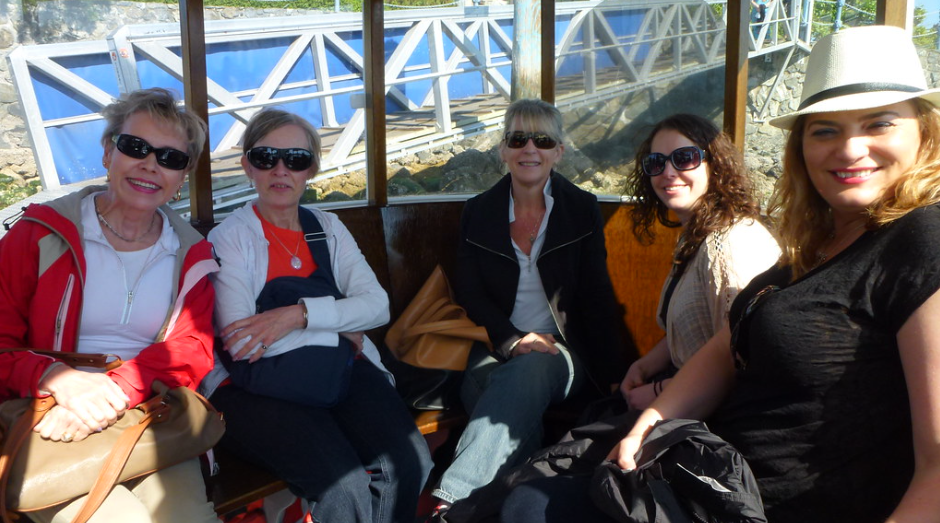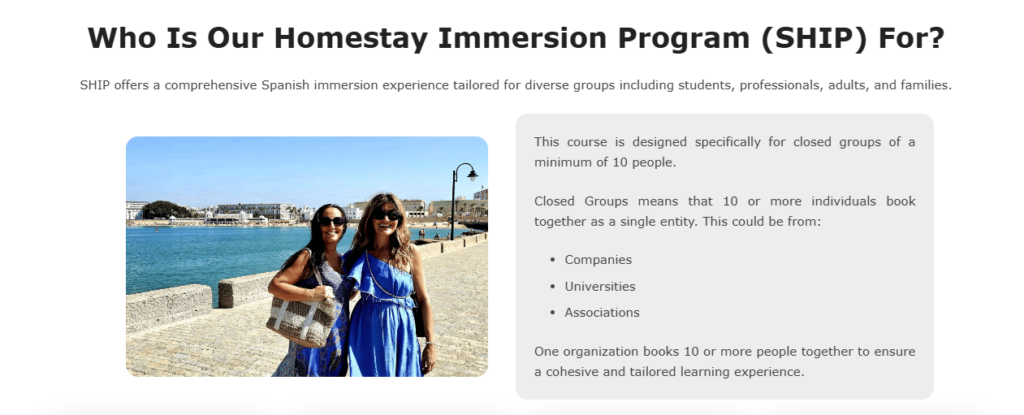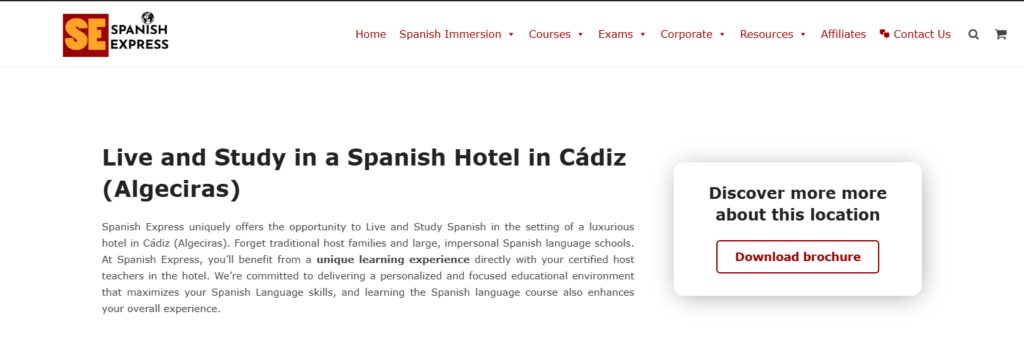

91% of organizations agree that incentive travel has become increasingly important for building engagement and company culture. With incentive travel budgets now averaging up to $6,000 per person, the question arises: is it worth the investment?
For businesses, the ROI of incentive travel is not just about financial gains; it’s about fostering a more motivated workforce and achieving strategic goals. Companies implementing a travel incentive program often see measurable benefits, but the key is understanding how to design a program that drives results.
While incentive trips may seem like a significant expense, they can yield substantial returns if planned and executed strategically.
What is Incentive Travel?
An incentive trip is more than just a reward—it’s a powerful strategy designed to motivate employees, channel partners, or other stakeholders to achieve specific business goals.
Unlike cash bonuses or other rewards, incentive travel programs focus on creating memorable experiences that build long-term motivation and loyalty.
The primary purpose of an incentive travel program is to boost employee engagement, improve performance, and contribute to a positive company culture. These programs are crafted to inspire teams, strengthen relationships, and drive business growth by rewarding hard work with unforgettable journeys.
However, for companies investing in these programs, the question of ROI (Return on Investment) becomes crucial. Can the financial commitment to these travel experiences translate into measurable success? This is where understanding the ROI of incentive travel becomes vital.
Why ROI Matters
In a world driven by numbers, businesses rely on ROI to justify expenses and evaluate the success of their strategies. An incentive trip may seem like a significant investment, but with careful planning and execution, it can deliver tangible results in terms of productivity, loyalty, and overall performance.
To unlock these benefits, companies must focus on creating a well-structured travel incentive program that aligns with their strategic goals.
The Benefits of Incentive Travel
Incentive programs are more than just a reward; it’s an investment in your team that offers both tangible and intangible returns.
Beyond measurable outcomes, it provides soft benefits like fostering a positive company culture and boosting employee satisfaction. It’s no wonder businesses increasingly turn to incentive travel programs as part of their growth strategies.
Let’s explore the key benefits these programs bring to the table.
1. Enhanced Employee Motivation and Engagement:
An employee who feels appreciated is more motivated to perform at their best. Incentive trips play a pivotal role in driving employee motivation, with reports showing a 20% increase in productivity when such programs are in place. In fact, 80% of employees surveyed state that incentive travel is highly or extremely motivating.
Here’s how these programs work wonders:
- Increased Productivity and Performance: Employees are more likely to exceed their goals when rewarded with travel incentives rather than traditional cash bonuses.
- Improved Morale and Job Satisfaction: When employees feel valued, their loyalty and dedication to the company grow stronger.
2. Strengthened Company Culture and Team Building:
A cohesive team doesn’t just happen—it’s built. One of the most significant advantages of incentive travel programs is their ability to strengthen company culture and encourage collaboration. In fact, 72% of respondents in a recent study said that relationship building is the most critical aspect of such programs.
Here’s why it matters:
- Fostered Camaraderie and Collaboration: Through team-building activities, employees build stronger connections that carry over to their work environment.
- Enhanced Brand Loyalty and Retention: A positive company culture cultivated through shared experiences ensures employees remain loyal to the company.
When teams travel together, the shared memories create a sense of unity and purpose that’s hard to replicate through other incentives.
3. Boosted Sales and Revenue:
If numbers speak louder than words, here’s what they say: Properly designed incentive travel programs can increase sales productivity by 18% and deliver an impressive ROI of 112%. For businesses looking to hit ambitious sales targets, these programs can make all the difference.
How incentive travel boosts revenue:
- Increased Sales Targets and Quotas: Motivated employees are more likely to achieve and surpass sales goals.
- Improved Customer Relationships: Employees engaged through incentive trips tend to deliver better customer service, resulting in long-term business growth.
These benefits demonstrate why incentive programs are a powerful tool for driving financial success while nurturing a positive company culture.
Measure the ROI of Incentive Travel
When investing in an incentive travel program, measuring its ROI (Return on Investment) is essential to ensure it aligns with your business objectives.
Many organizations focus solely on financial returns, but the value of incentive trips goes beyond numbers.A combination of quantifiable metrics and qualitative insights can provide a comprehensive view of the program’s success.
Let’s explore how to measure the ROI effectively while gaining valuable insights into your program’s impact.
i) Quantifiable Metrics:
Quantifiable metrics give you clear, measurable data that directly connects the program to business outcomes. These figures make it easier to justify the costs and refine future strategies.
Here’s how you can measure success:
- Increased Sales Figures: A well-structured incentive program boosts sales productivity by motivating employees to meet or exceed their quotas. Tracking pre- and post-program sales data is a reliable way to evaluate performance.
- Improved Customer Satisfaction: Employees inspired by travel rewards tend to provide better service, resulting in happier customers. Use feedback forms, online reviews, or Net Promoter Scores (NPS) to assess satisfaction levels.
- Reduced Employee Turnover: Employees who feel valued through rewards like incentive trips are more likely to stay loyal to the company, saving on recruitment and training costs.
These metrics not only highlight financial cost savings but also serve as a strategic tool to understand the program’s direct impact.
ii) Qualitative Metrics:
Numbers don’t tell the whole story. Qualitative metrics capture the intangible benefits of an incentive travel program that contribute to a company’s long-term success.
Here’s what to look for:
- Employee Surveys and Feedback: Collect insights directly from participants to understand their experience. Did the trip inspire them? Were they more motivated afterward? Their feedback provides soft power benefits that are harder to measure but crucial for growth.
- Social Media Engagement: Employee posts, photos, and shares on social media highlight the program’s positive impact on morale and company reputation. These activities help boost brand awareness organically.
- Increased Brand Awareness: A well-executed incentive trip enhances how your company is perceived by employees and external stakeholders alike. Engaged employees become enthusiastic brand ambassadors, which adds qualitative benefits to your bottom line.
Combining these qualitative insights with key performance indicators gives you a well-rounded perspective on your travel incentive program.
Key Strategies for Maximizing ROI
With U.S. businesses spending $22.5 billion annually on incentive travel, it’s clear that these programs are more than just perks—they’re a strategic investment.
However, to ensure these efforts deliver value, it’s crucial to have a plan. A well-structured strategy not only helps you motivate employees but also provides a competitive advantage by aligning the program with your business goals.
Here are the four key strategies to ensure your incentive trips yield the highest ROI.
1. Set Clear Objectives:
Every successful journey starts with a clear destination. The same applies to incentive travel programs. Without clear objectives, it’s easy to lose track of purpose and miss out on valuable returns.
How to Do It:
- Align the Trip with Business Goals: Your incentive trip should tie directly to your business objectives. For instance, if your aim is to boost sales, the program should reward top performers who exceed quotas.
- Define Specific Performance Metrics: Set measurable goals to track success, such as increased sales figures, improved customer satisfaction scores, or reduced employee turnover. Collaborating with leadership teams ensures everyone is aligned on expectations.
If you set defined objectives, you create a roadmap that keeps the program focused and impactful.
2. Choose the Right Destination and Activities:
Where you take your team matters just as much as why you’re taking them. The right destination and activities can make or break the experience.
How to Choose:
- Select a Location That Appeals to the Audience: Understand your team’s preferences and choose a destination that reflects their interests. Incorporating local culture adds a unique flavor to the trip.
- Plan Activities That Foster Team Building and Relaxation: Mix adventurous outings with opportunities for relaxation. For example, outdoor adventures like zip-lining or hiking can encourage collaboration, while spa days help employees recharge.
A thoughtful balance between work and play ensures your trip is not only fun but also impactful.
3. Effective Budgeting and Cost Control:
Even the most ambitious plans can go awry without proper budgeting. Managing costs wisely ensures your incentive travel program delivers maximum value without overspending.
Tips for Effective Budgeting:
- Allocate Funds Wisely: Prioritize expenses that directly contribute to the program’s success, such as high-quality accommodations or unique activities.
- Negotiate with Vendors and Suppliers: Whether it’s group discounts or exclusive deals, negotiation is key. This not only saves money but also allows you to provide better non-cash rewards and travel rewards without compromising quality.
A well-planned budget ensures that the focus remains on rewarding employees’ hard work, not on financial strain.
4. Post-Trip Evaluation and Follow-up:
The trip doesn’t end when the team returns—it’s the lessons learned and feedback gathered afterward that drive future success.
How to Evaluate:
- Measure the Impact of the Trip: Use both quantitative data (e.g., sales figures, turnover rates) and qualitative insights (e.g., employee feedback) to gauge success.
- Implement Lessons Learned for Future Programs: Post-trip evaluations help you identify what worked and what didn’t. This process ensures your next program is even better.
Encourage employees to collect feedback through surveys or meetings. A robust post-trip feedback mechanism ensures continuous improvement.
Spanish Hotel Immersion Program (SHIP)- Spanish Express
When it comes to offering unique experiences that deliver more than just relaxation, the Spanish Hotel Immersion Program (SHIP) by Spanish Express stands out. Tailored for businesses looking to motivate their teams and channel partners, this program combines cultural immersion with professional development, making it an ideal choice for incentive travel services.
Our program goes beyond traditional incentive trips, providing a blend of learning, team-building, and cultural exploration that rewards trip earners while enhancing their professional and personal skills.
Why Choose the Spanish Hotel Immersion Program (SHIP)?
At Spanish Express, we understand that today’s workforce and partners seek more than monetary rewards. They value experiences that are enriching and memorable. Here’s why our program is the perfect solution for your travel incentive program:
- Native Host Teachers, Not Just Host Families
Unlike standard immersion programs, we pair participants with Native Host Teachers who provide customized learning experiences. This isn’t just about learning Spanish; it’s about mastering the language of business and understanding the nuances of Spanish culture. - Cultural Insights for Business Success
Participants gain knowledge of how Spanish culture influences business interactions. This unique angle helps them develop cross-cultural strategies that can give your organization an edge in Spanish-speaking markets. - Team-Building Through Activities
Our program incorporates activities designed to foster camaraderie and collaboration among participants. Whether it’s exploring local landmarks, cooking traditional dishes, or engaging in outdoor adventures, these moments strengthen team bonds.
How the Program Works
The Spanish Hotel Immersion Program (SHIP) is structured to ensure maximum engagement and ROI:
- Customized Itinerary: Activities are tailored to align with the interests of your team or channel partners.
- Business-Focused Lessons: Our Native Host Teachers design sessions that focus on business Spanish and cultural strategies for effective international collaboration.
- Memorable Adventures: Participants enjoy unique experiences like exploring the historic city of Cádiz, enjoying local cuisine, and engaging in meaningful team-building activities.
Conclusion
Incentive travel is more than just a reward; it delivers hard power benefits like increased revenue and soft power benefits such as improved employee engagement and morale.
Reports from the Incentive Research Foundation highlight how these programs enhance employee retention and boost employee performance, creating a committed workforce.
Through careful planning, measurable goals, and meaningful experiences, incentive travel becomes a powerful tool for achieving long-term business success.
















